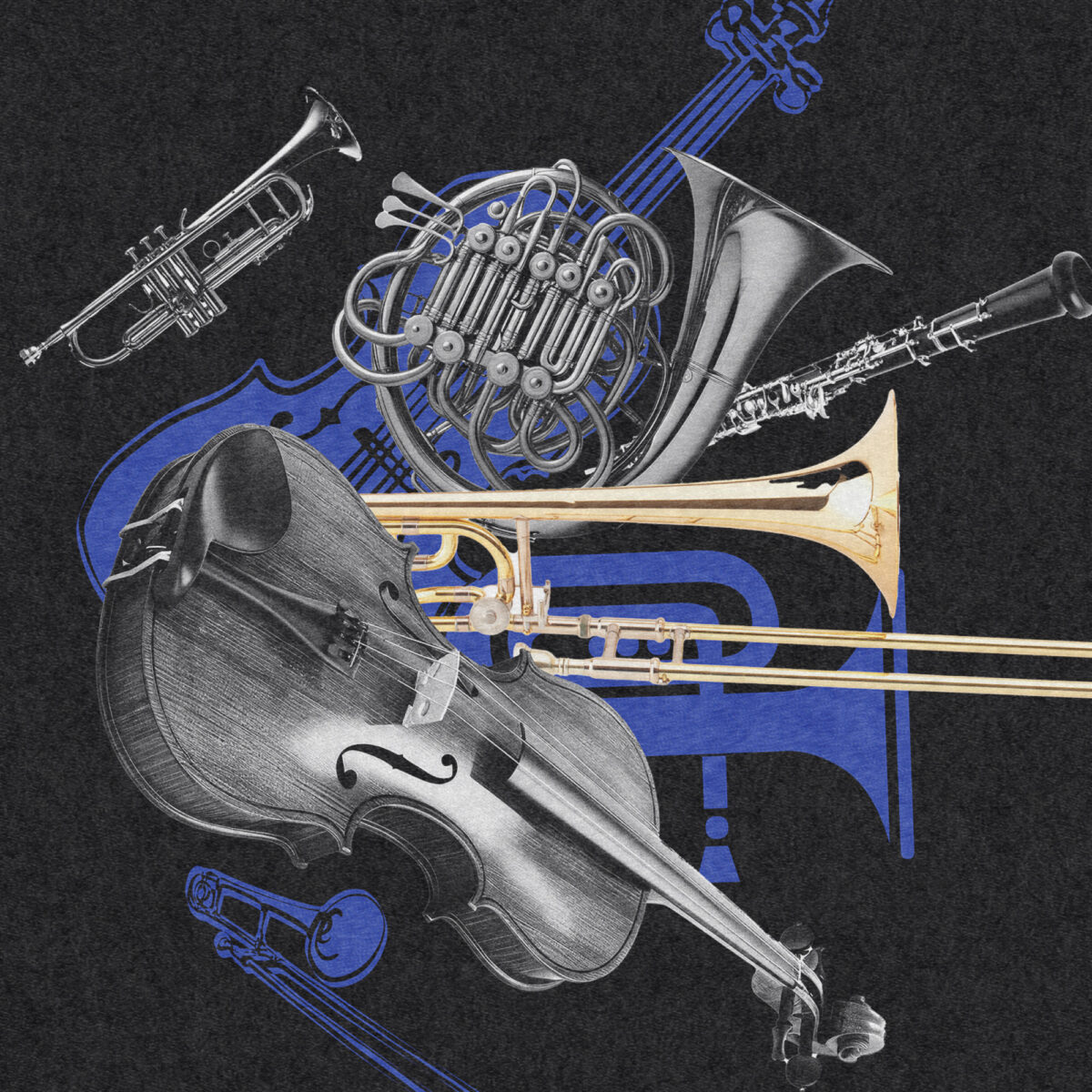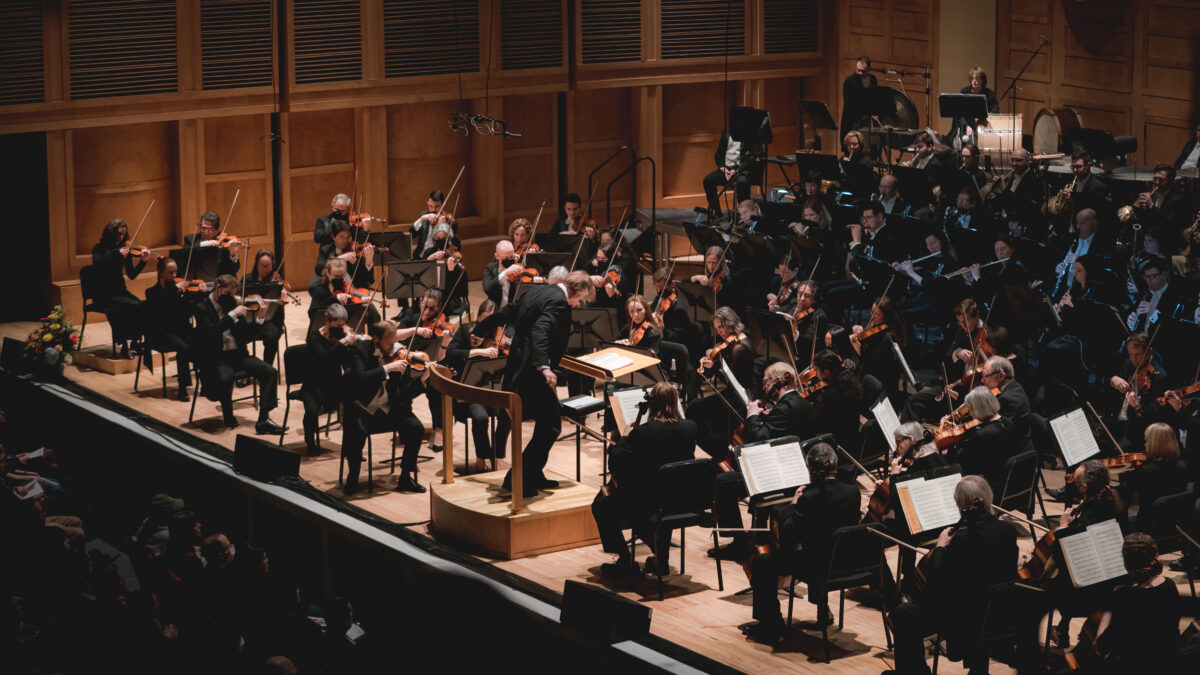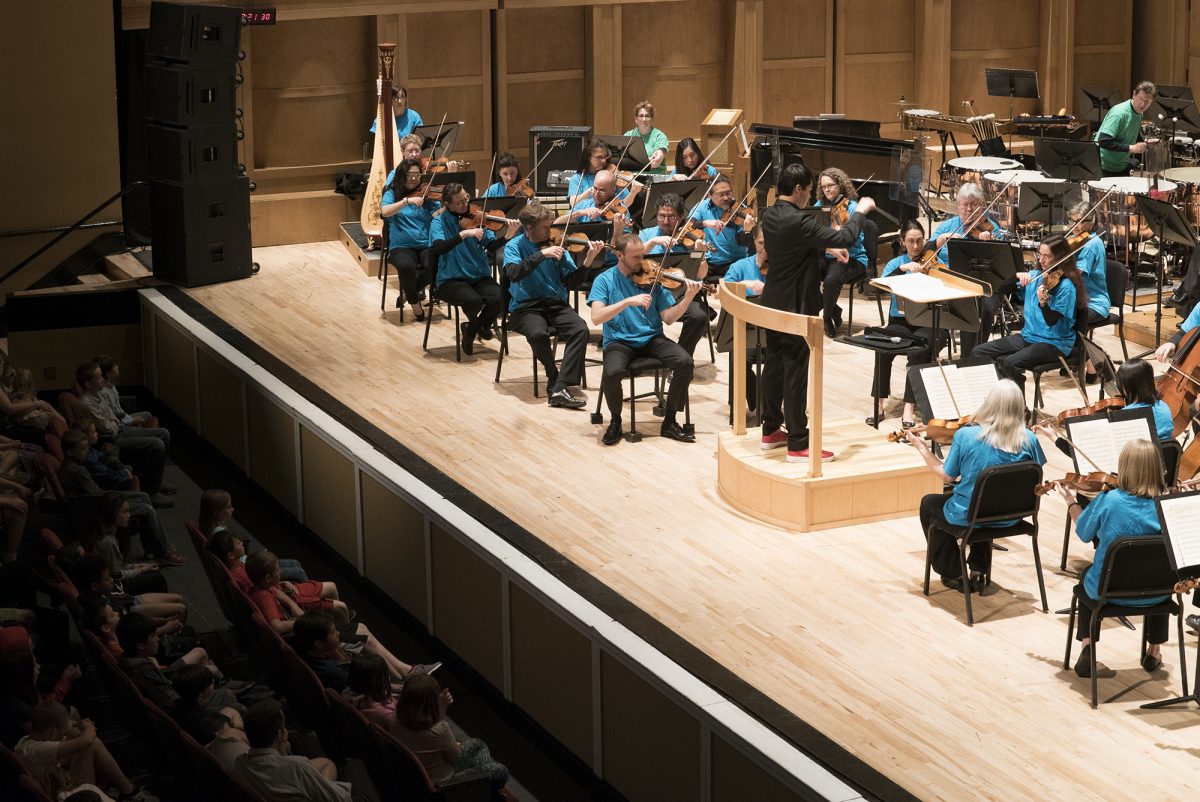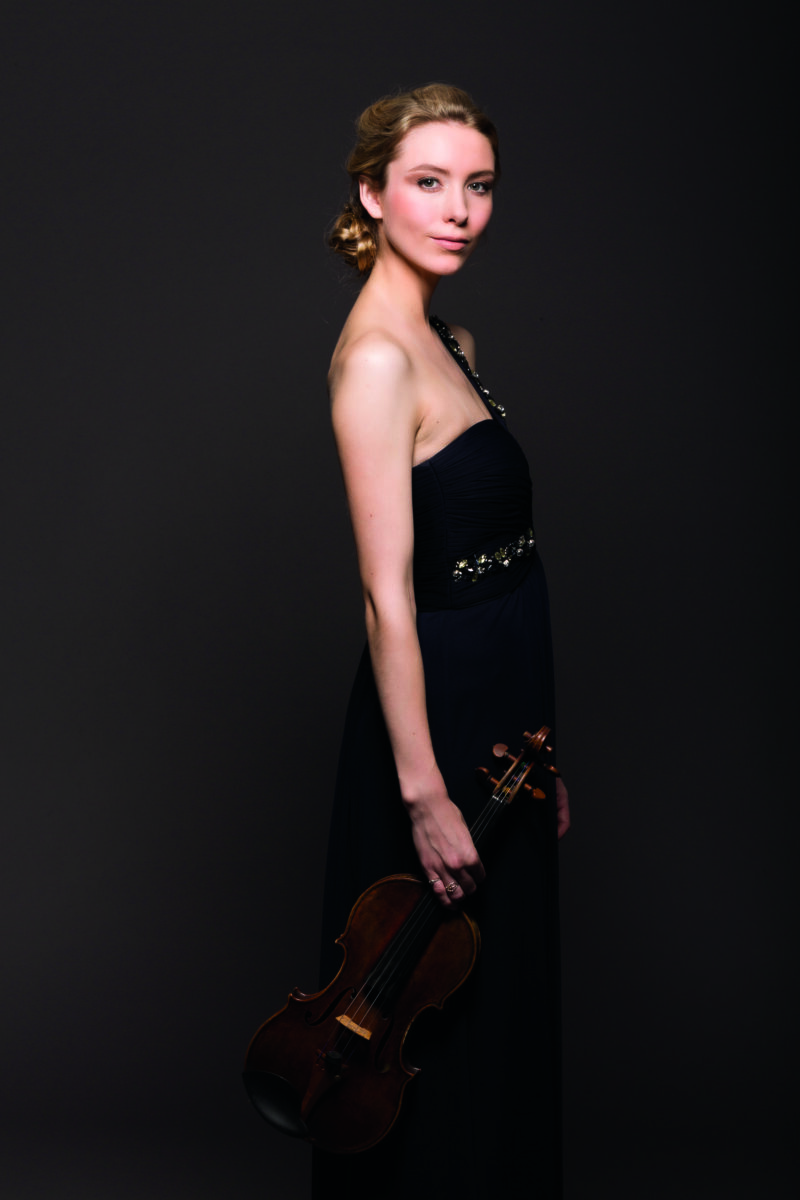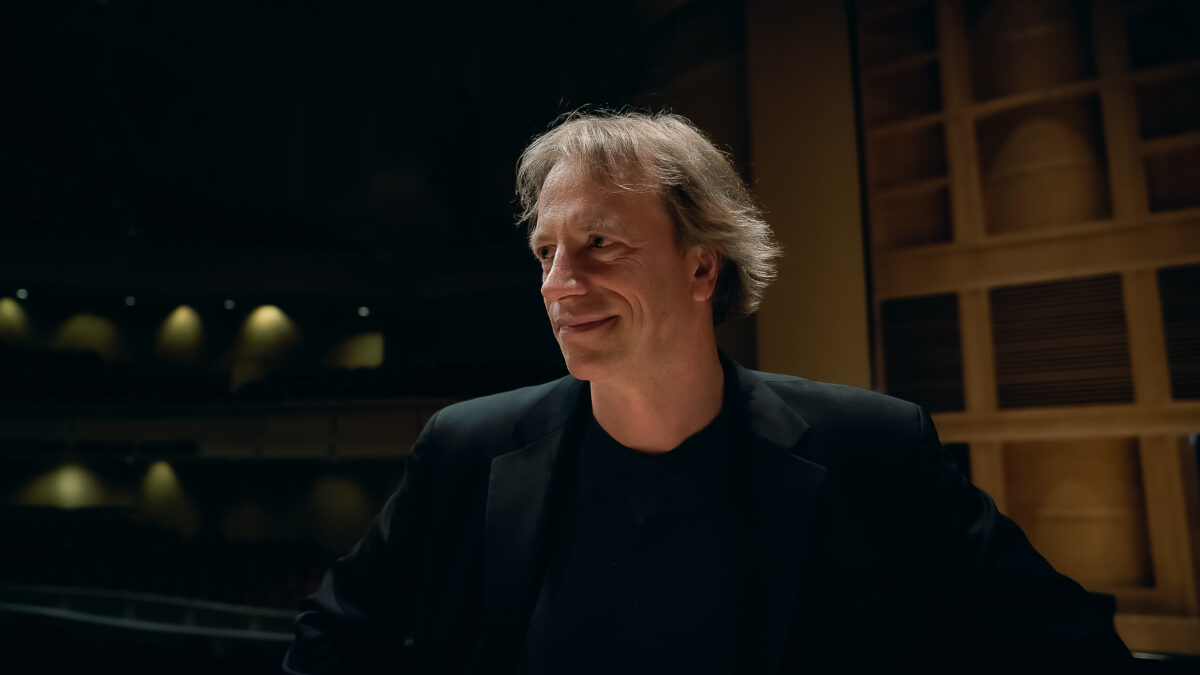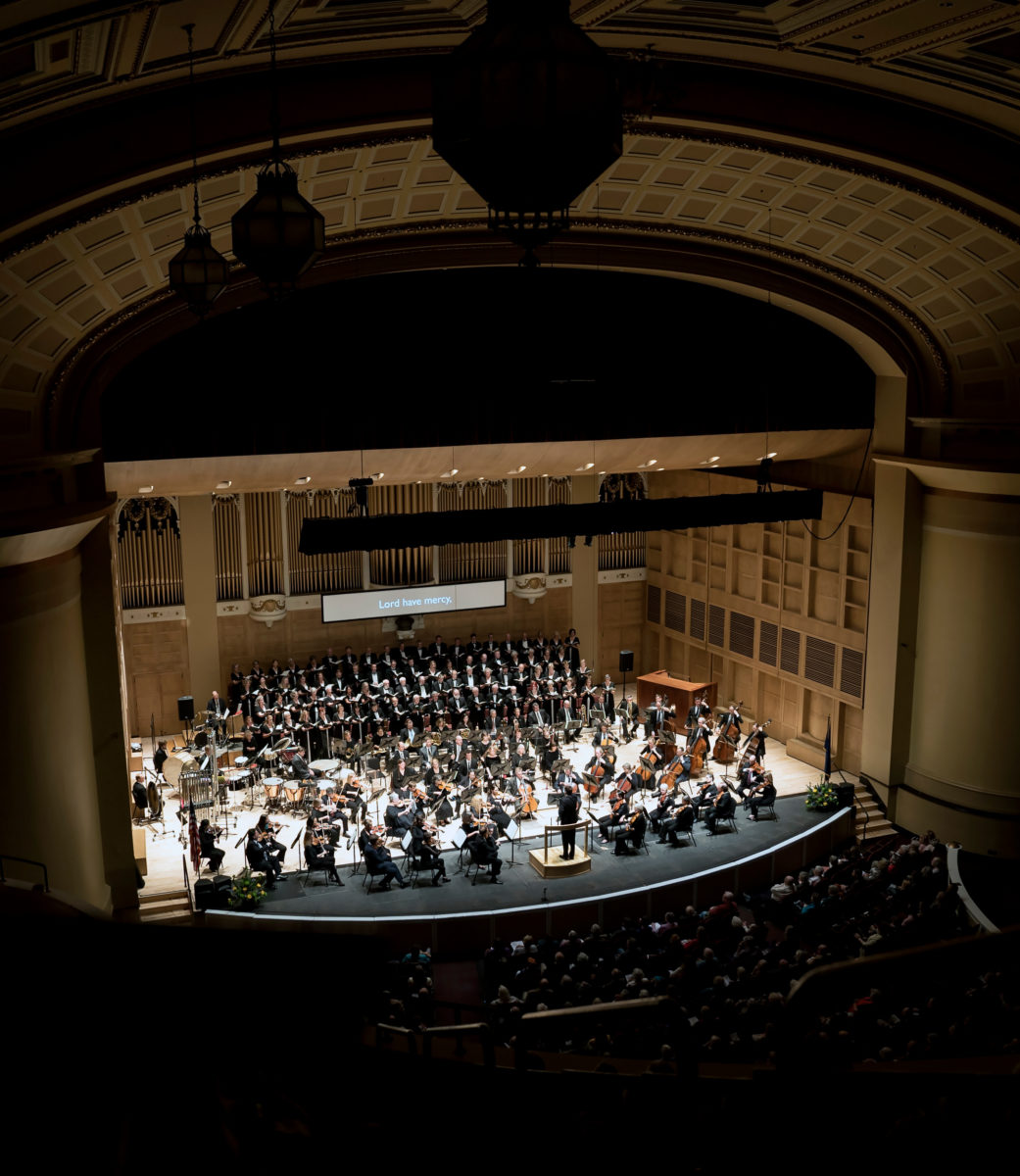Beethoven & Rachmaninoff Program Notes
Ludwig van Beethoven
Concerto for Piano & Orchestra No. 1 in C major, Op. 15
Ludwig van Beethoven was born in Bonn in 1770 and died in Vienna in 1827. Though we can’t be sure, he seems to have composed this concerto in 1795; it also seems likely that the first performance was in Vienna the same year. The score calls for solo piano, flute, 2 oboes, 2 clarinets, 2 bassoons, 2 horns, 2 trumpets, timpani, and strings.
*****
In an age before copyrights, Beethoven often withheld publication of his piano concertos, maintaining them for his exclusive use until he had wrung every performance out of them he could. When it came time to publish them he had already made his revisions on the fly, and in some cases this was when he wrote out the solo parts for the first time.
Beethoven waited a long time to publish his first two piano concertos and when he did he decided to reverse their order. He liked his B-flat concerto (which was composed first) well enough but, modest man that he was, he thought it would look better to call his C-major Concerto the first: he considered it the more impressive of the two, in several senses of that word.
It’s interesting, then, that this concerto starts off so quietly with its little march tune. For a few bars this could almost be Mozart. But when the orchestral tutti proclaims the same theme, forte, we can hear the swagger that could only be Beethoven’s. By the arrival of the lyrical second theme all doubts are cast aside, for Beethoven gives it to us in the distant key of E-flat and before it can even establish itself properly it meets the first theme again. The two are intermixed to the point where we wonder just what’s going on.
What’s been going on has, in fact, been an elaborate stage-setting for the entrance of the piano. Now we hear something new—or is it? There seem to be elements of both themes in what the piano plays, with elaborations and reconsiderations of each. What we have is a soloist-as-mediator, reconciling differences and leaving them behind.
The development is a study in unreleased tension, for it takes place entirely (and almost shockingly) in a soft dynamic. As we follow this magical interlude we wonder—and wonder—when and if it will ever break out. When it does, with the boisterous return of the opening material, it’s enough to bowl you over.
Though the second movement is marked Largo—very slow—savvy pianists also observe the alla breve marking, which lets the music flow with a half-note pulse rather than getting bogged down in the quarter notes. This mostly-tranquil music is timeless and utterly beautiful, and the use of the clarinet as a second soloist is inspired.
Beethoven’s concluding Rondo is simply a gem. In a rondo a repeated section alternates with contrasting episodes. Beethoven’s repeated section is rambunctious, while the episodes form a development section on the installment plan. Listen for the second episode—it is a miniature rondo all by itself. The ending is a gloriously humorous touch. The music leads us to expect the return of the soloist with every fiber of our being. But we discover (too late!) that the pianist has already left the building—while Beethoven tosses us a wink over his shoulder.
If only we could hear this work with innocent ears. Modern listeners cannot hear Beethoven as his own listeners did—we know the rest of his music and all the music that followed. It’s hard to be shocked by Beethoven once you’ve heard Stravinsky, or Webern. Yet the imposing length of this concerto, its mad key relationships, its profusion of themes, and its near-constant pursuit of the unconventional were astonishing to his own audiences—some thought they were hearing the ravings of a lunatic. We cannot take our ears back in time, alas, but we can allow ourselves to be delighted—and renewed—when Beethoven defies our expectations.
*****
Sergei Rachmaninov
The Bells, Op. 35
Sergei Rachmaninov was born in 1873 in Oneg, Russia and died in 1943 in Beverly Hills, California. He composed this work in 1913 and led the first performance in Moscow the following year. He revised the work in 1936. The score calls for soprano, tenor, and bass soloists, mixed chorus, 3 flutes, piccolo, 2 oboes, English horn, 2 clarinets, bass clarinet, 2 bassoons, contrabassoon, 6 horns, 3 trumpets, 3 trombones, tuba, harp, celeste, piano, timpani, percussion, and strings.
*****
“The sound of church bells dominated all the cities of the Russia I used to know—Novgorod, Kiev, Moscow,” wrote Rachmaninov. “They accompanied every Russian from childhood to the grave, and no composer could escape their influence. All my life I have taken pleasure in the differing moods and music of gladly chiming and mournfully tolling bells. This love for bells is inherent in every Russian.”
When spending some time in Rome—having cleared his busy touring schedule to make time to compose—Rachmaninov received an anonymous letter, enclosing Edgar Allan Poe’s poem The Bells and suggesting that it cried out to be set to music. (We now know that it was Maria Danilova, a cello student at the Moscow Conservatory whom Rachmaninov had never met, who sent the letter.) As Rachmaninov examined the poem, in a very free translation by Konstantin Balmont, he found that he agreed. “In the drowsy quiet of a Roman afternoon, with Poe’s verses before me,” he wrote, “I heard the bell voices, and tried to set down on paper their lovely tones that seemed to express the varying shades of human experience.”
Poe wrote The Bells in four verses, each setting his subject in a different context: the first verse gives us the merriment of sleigh bells, the second the glow of wedding bells, the third the clangorous sound of alarm bells, and the last the tolling of funeral bells. The design suggested a choral symphony to Rachmaninov, and further suggested not just the “varying shades of human experience,” but the stages of life itself.
Balmont’s translation dispenses with Poe’s meter, eliminates much of the repetition, and adds a few lines to three of the verses as well. As a result, the original poem in English cannot be fitted to Rachmaninov’s music. When the work is heard in English, it is most often with a retranslation from the Russian by Fanny S. Copeland, which abides by Rachmaninov’s rhythms. Best of all, though, is to hear it in Balmont’s original Russian.
The thought of silvery sleigh bells prompted Rachmaninov to begin his first movement with some of his most imaginative scoring and music that is full of life. The tenor soloist and chorus join in the excitement. Calmer and darker episodes give this contrast, but it sounds as if the music cannot escape its own exuberance. Alert listeners will pick up the barest hint of the Dies irae melody, a lifelong obsession with Rachmaninov and one that will grow in importance as The Bells continues.
The second movement’s wedding bells are less joyous and more solemn than we expect. But there is much passion here, too, especially as the soprano soloist sings her long-lined and emotionally-charged music, full of hope and joy. Once again, this music is tempered with the Dies irae, now less hidden but still under wraps.
The alarm bells of the third movement let Rachmaninov imagine a scherzo to his symphony, and it contains some of the wildest music he ever composed. After an innocuous opening, the terror of fire dominates the movement, along with lamentations of grief. The tension never lets up, and the movement culminates in a furious and grim climax that brings the Dies irae to the fore and then ends suddenly.
As if to mourn the conflagration’s victims, the last movement opens with a dolorous and haunting solo for the English horn, followed by the first appearance of the bass soloist. There is sorrow here, but also a sense of dissolution and, ultimately, the supernatural terror of “the ghouls.” By the end, Rachmaninov lets us escape the endless mourning with an orchestral finish containing a glimmer of hope.
Rachmaninov is best remembered for his piano concertos and, to a lesser extent, his symphonies, with his Second Piano Concerto the clear winner in the popularity contest. But to hear The Bells for the first time is to encounter a Rachmaninov that is familiar, yet with an altogether different approach to music itself. He himself considered it one of his very best works.
*****
Nicolai Rimsky-Korsakov
Capriccio Espagnol, Op. 34
Nicolai Rimsky-Korsakov was born in Tikhvin, Russia in 1844 and died in Lyubensk in 1908. He composed this work in 1887 and led the first performance in St. Petersburg with the Orchestra of the Imperial Opera House the same year. The score calls for 3 flutes, piccolo, 2 oboes, English horn, 2 clarinets, 2 bassoons, 4 horns, 2 trumpets, 3 trombones, tuba, timpani, percussion, harp, and strings.
*****
Though he was renowned as a great orchestrator, Rimsky-Korsakov saw it differently: he was merely a proper composer, he said, who wrote every note with its orchestral color already in mind. Many composers worked that way, and many didn’t. Mahler, who was no slouch as an orchestrator, typically composed in four-stave piano score with copious indications of the scoring he wanted. Still other composers treated each task separately: first the composing, then the orchestrating. Brilliantly orchestrated scores have been produced every which way.
Yet the vivid scoring of Rimsky’s Capriccio Espagnol makes his argument for him, for it is a feast of orchestral color without peer. Rimsky first thought to employ the Spanish tunes kicking around in his head in a work for violin and orchestra, perhaps as a sequel to his Fantasy on Russian Themes, Op. 33 for the same forces. But he soon abandoned that plan in favor of a bravura showpiece for orchestra alone.
Capriccio Espagnol comprises five sections played without pause. The first is an Alborada, a kind of morning serenade traditionally played by pipes and tambor. Rimsky’s version isn’t much of a serenade, as we hear the full orchestra in a lively (and noisy) tune featuring the clarinet and the concertmaster’s violin. Next we come to a set of five variations based on a richly warm melody in the horns; each variation presents a change of color as the melody moves around the orchestra. At a trill of the flute the Alborada returns with even more excitement. A Scene and Gypsy Song begins with a tune in the brasses, followed by a succession of cadenzas for violin, flute, clarinet, and harp. At last the song itself takes over, building intensity all the way, and leads us directly into the Fandango of the Asturias, a breathless dance from northern Spain. A brief return of the Alborada caps the work in a blaze of color.
—Mark Rohr







